Category: Features
-
Sunday Morning Session of General Conference
We spent yesterday listening to General Conference while assembling IKEA furniture in the hopes that the spirit of the meeting would help reduce the desire to curse associated with strange pictorial instructions and screw heads that really want to strip. It went as well as could be expected. This morning I read about theology, love…
-
GenCon: Priesthood Session
Welcome to T&S’ coverage of the Priesthood Session of General Conference. We welcome your comments. . Chorus: Rise Up O Men of God President Henry B Eyring is conducting this session. Chorus: Medley of Primary Songs Elder Quentin L. Cook — Choose Wisely “How do you expect me to catch the ball when I am…
-
GenConf–Saturday Morning
President Eyring conducted the Saturday morning session. Direct quotations are in quotation marks (from my notes). Other text is my summary of what was said.
-
General Women’s Meeting
It is my nature to be cynical and critical and to focus on flaws, so when I tell you that the General Women’s Meeting was nearly perfect, that’s really saying something.
-
On Not Reading the Book of Mormon
Having heard nice things about the odd little book by Pierre Bayard How to Talk About Books You Haven’t Read (ht: someone out there), I finally found it. And read it. Summary: You read a very, very small slice of all published books. You forget most of what you read, so you retain only a…
-
Literary Joseph Fielding Smith #17: The Lord of Hosts has Spoken by Octave F. Ursenbach
The Teachings of Joseph Fielding Smith lesson 17 covers “Sealing Power and Temple Blessings,” the ordinances restored through the priesthood which lead to our salvation, for salvation in the eternal kingdom is dependent on sealing, both to parents, to spouse and to children. The following poems addresses the role of sealing in our understanding of…
-
Literary OTGD #31: My Friends and I by J. L. Townsend
Lesson 31 of the Old Testament Gospel Doctrine manual covers the wisdom literature of the Old Testament, Proverbs and Ecclesiastes, which consist mainly of short statements meant to help guide our behavior. But its pretty easy to make these statements seem contradictory. We all agree that “pride goeth before destruction,” but what if it is…
-
Literary OTGD #30: Strength by Mabel Jones
What benefit do we get from the temple? Old Testament Gospel Doctrine Lesson #30 covers two renewals of the temple in ancient Israel; that of Hezekaih and that of his great grandson, Josiah. It also gives the example of Hezekiah’s fending off the Assyrians with the help of the angel of the Lord following his…
-
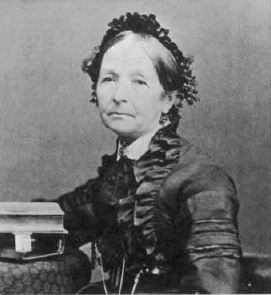
Literary OTGD #29: To President Brigham Young by Eliza R. Snow
There are at least two potential problems when there is a leadership transition—the transition plan or procedure isn’t always known ahead of time, and those involved don’t always follow the plan or procedures. Mormonism’s initial experience with transition didn’t go well—I suspect for both reasons—and the transitions elsewhere in the scriptures often seem unexpected also.…
-
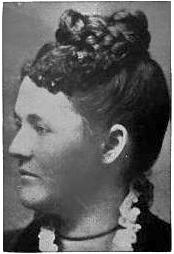
Literary Joseph Fielding Smith #16: My Child and Thine by Ellen Jakeman
Parenting sometimes seems like a Mormon obsession. We believe it has a significant effect on the success of children both in this life and in the life to come, so it is often the subject of Mormon sermons and lessons, such as chapter 16 of the Joseph Fielding Smith manual. We often find inspiration for…
-
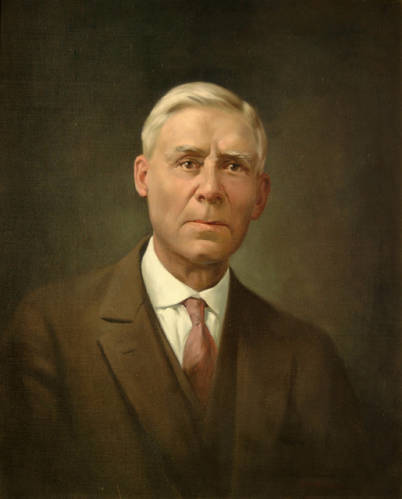
Literary OTGD #28: The Still Small Voice by George H. Brimhall
The story of Elijah listening for the voice of the Lord (1 Kings 19:9-13) is frequently used by Mormons to describe the manner we can receive revelation. Old Testament Gospel Doctrine lesson #28 includes that story, along with others discussing Elijah’s acts as prophet, but focusing on his listening to the Lord to accomplish those…
-
A More Nuanced Approach to Scripture
I am so thankful that we are gently backing away from a literal understanding of scripture.
-
Literary Joseph Fielding Smith #15: The Marriage Vow
While the marriage practiced in the Church and taught in chapter 15 of the Joseph Fielding Smith manual is different than that taught and practiced outside of the Temple and the Church, still the underlying commitment to marriage and many of the promises made are very similar. Even after the Church under Joseph Smith introduced…
-
Literary OTGD #27: Our Kings by Henry W. Naisbitt
It seems likely that today we (in most western democracies) aren’t influenced by leaders the same way that the children of Israel were by their kings (at least as described in Old Testament Gospel Doctrine lesson #27). I suspect that all else being equal, democracy reduces the influence of individual leaders. Still, the example of…
-
12 More Questions for Armand Mauss, Part 3
We are pleased to post the last installment of our Q&A with Armand Mauss, LDS author and scholar. See Part 1 for a full introduction and the first set of questions and answers, and Part 2 for the second set. 9. In the third chapter of your recent book Shifting Borders and a Tattered Passport,…
-
What We Don’t Read in the Bible
Do you ever read the bits of scripture that are excluded from our Sunday School lesson manuals? If you are only looking up certain passages, it is as though the rest of the text doesn’t exist.
-
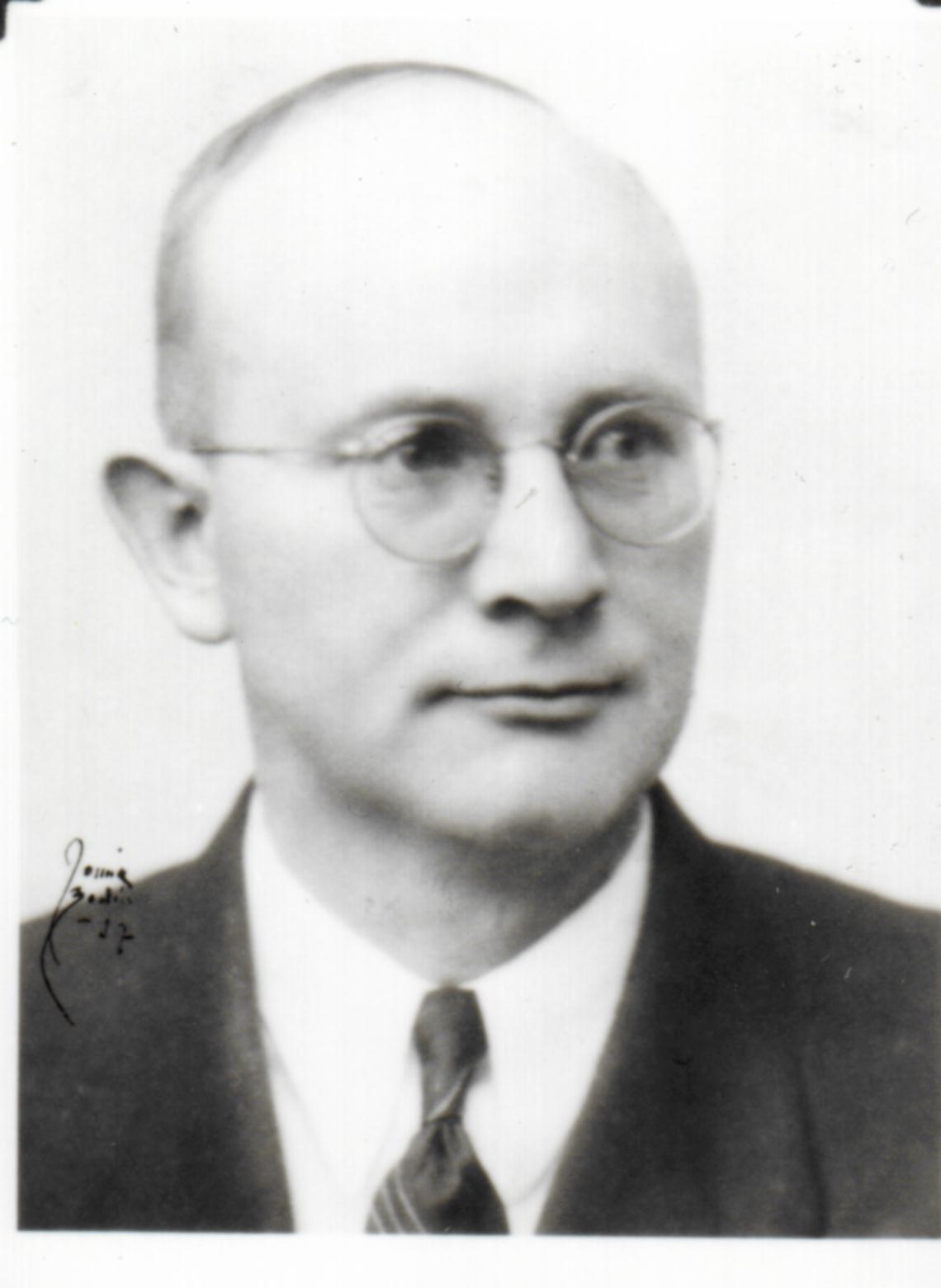
Literary Joseph Fielding Smith #11: The Restoration by Gustive O. Larson
The restoration of priesthood keys is a vital part of LDS teachings, something that is emphasized repeatedly in lesson manuals, such as chapter 11 in the current Joseph Fielding Smith manual. It is also one of the most emphasized elements of the lessons taught by LDS missionaries. So it is no surprise to find the…
-
Literary OTGD #18: What Will They Do, Let History’s Page by Charles A. Rogers
As the Children of Israel entered the promised land, they also faced a change of leadership, with all that entails. As Moses doesn’t cross the Jordan, Joshua is called to lead the Israelites, cross the Jordan and subjugate the territory promised. Lesson 18 of the Old Testament Gospel Doctrine manual portrays this time as a…
-
Literary OTGD #17: The Mountain Standard by Parley P. Pratt
Approaching the promised land has to influence leaders to remind their followers of how they should act when they enter the long-sought utopia. The goal is to live as God would have them live, covenanting to live in righteousness and harmony. In the case of Moses, as described in Old Testament Gospel Doctrine lesson 17,…
-
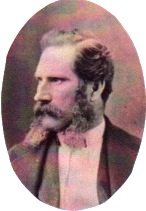
Literary OTGD #16: The Saint by W. G. Mills
The story of Balaam, as discussed in Old Testament Gospel Doctrine lesson 16, is about a prophet’s struggle with obedience and the requirements of political leaders. As portrayed in the Bible, Balaam follows the commandments of the Lord, but he attempts to get gain by currying favor with a political leader needed. I think this…
-
Literary Joseph Fielding Smith #10: Jane Mason’s Truth
Lesson 10 of the Joseph Fielding Smith manual discusses our search for truth, citing many of the prophet’s statements on how we are to obtain knowledge of the truth and on the value of truth in our lives. President Smith teaches that truth is something we should seek and value—ideas that can be found in…
-
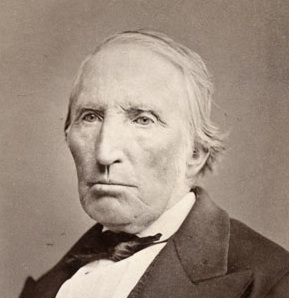
Literary OTGD #15: Exodus by John Lyon
As the Mormon pioneers began their westward trek, they already saw themselves on an exodus similar to that of ancient Israel leaving Egypt for the promised land. And they faced some of the same difficulties that Israel faced—such as those outlined in Old Testament Gospel Doctrine lesson 15: complaints, backbiting, uncertain knowledge of the land…
-
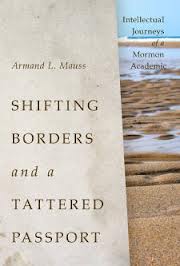
12 More Questions for Armand Mauss, Part 2
We continue our Q&A with Armand Mauss, LDS author and scholar. See Part 1 for a full introduction. 5. Let’s talk now about some of the issues you discussed in your memoir, Shifting Borders and a Tattered Passport: Intellectual Journeys of a Mormon Academic (U of U Press, 2012). In Chapter 6, “Recurrent Visits with…
-
12 More Questions for Armand Mauss, Part 1
Way back in April 2004, almost exactly ten years ago, Armand Mauss was the very first Times and Seasons 12 Questions guest (see Part 1 and Part 2). A lot has happened in the last ten years, so Armand has graciously agreed to answer 12 more questions. He was a Professor of Sociology for many…
-

GenCon: Sunday Afternoon Session
Welcome to T&S’ fifth and final round of coverage of General Conference. We welcome your comments. President Dieter F. Uchtdorf is conducting this session of Conference. Chorus: Sweet is the Work. Prayer: ? Chorus: I Stand All Amazed. President Boyd K. Packer — The Witness “Almost mid-sentence it happened. I could not describe to you what…
-

GenCon: Sunday Morning Session
Welcome to T&S’ fourth round of coverage of General Conference. We welcome your comments. Chorus: Come We that Love the Lord President Henry B. Eyring is conducting this session of Conference. Chorus: On This Day of Joy and Gladness Prayer: Élder L. Whitney Clayton Chorus: Let Us All Press On President Dieter F. Uchtdof —…
-
Priesthood Session: A Personal View
I attended priesthood session at my local chapel. About sixty men and boys in attendance. One woman. It was snowing when I left home. I decided to reward my choosing the right with good consequences, so I stopped by my local Wendy’s and bought a small vanilla Frosty. On the way I listened to a…
-

GenCon: Saturday Afternoon Session
Welcome to round two of T&S sort-of live coverage of General Conference. President Eyring conducted this afternoon session with President Monson (in attendance) presiding. Opening prayer by Ian S. Ardern, a Seventy, and music by an Institute Choir from Orem, Utah. Direct quotations of a speaker are given in quotation marks; other text represents my…
-

GenCon: Saturday Morning Session
Welcome to T&S sort-of live coverage of General Conference. President Uchtdorf conducted this opening session with President Monson (in attendance) presiding. Opening prayer by Carl B. Cook, a Seventy, and music by the Mormon Tabernacle Choir. Direct quotations of a speaker are given in quotation marks or blockquote form; other text represents my own summary…
